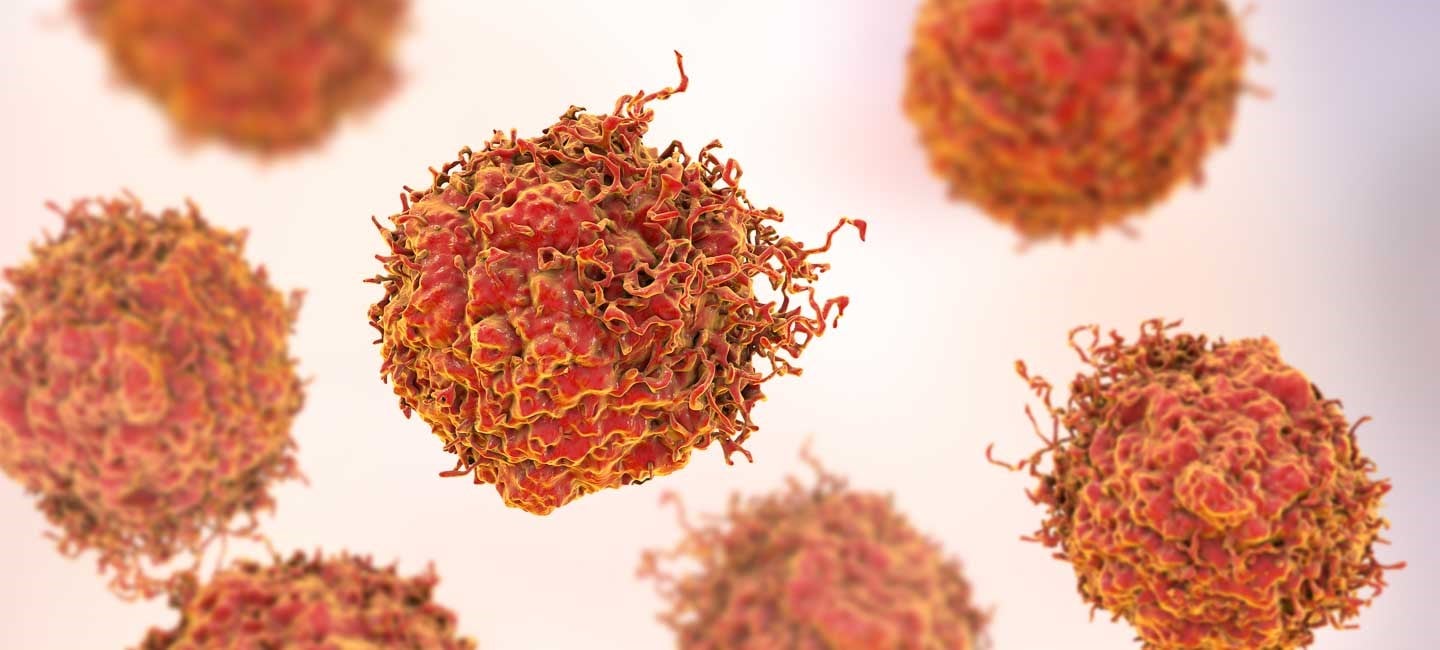Is It Time to Rename Low-Grade Prostate Cancer?
What’s in a name? That can be a loaded question when it comes to low-grade prostate cancer. For years, experts have debated use of the dreaded “c word” when talking about prostate cancer that scores a 6 on the Gleason scale. The scale, used to determine tumor aggressiveness, gives out ratings from 6 to 10 depending on severity. A Gleason 6 tumor is the least aggressive form of prostate cancer. In fact, this cancer is so slow growing and nonaggressive that many doctors think it shouldn’t be called cancer at all.
A recent article published in the Journal of Clinical Oncology has put this argument back in the spotlight. The article’s author, University of Chicago Medicine’s Dr. Scott Eggener, referred to Gleason 6 tumors as “the wimpiest form” of prostate cancer, adding that it’s “literally incapable of causing symptoms or spreading to other parts of the body.”
Dr. Julio Pow-Sang, chair of the Genitourinary Oncology Program at Moffitt Cancer Center, agrees with the notion of dropping the word “cancer” from these types of tumors.
“When patients hear the word cancer, it causes great stress,” said Pow-Sang. “Gleason 6 tumors don’t behave like a typical cancer. When you call these tumors cancer, you run the risk of overtreatment through unnecessary surgery, or radiation treatments.”

According to Pow-Sang, very few of those patients diagnosed with a Gleason 6 prostate tumor progress to a more aggressive form of disease over the next five to 10 years. The general recommendation is to watch those patients through active surveillance, which includes a series of regularly scheduled PSA tests every six months, an MRI every year and a biopsy every two to three years. Surgery and radiation options would be discussed, but as long as the tumor remains quiet, the recommendation is to just keep an eye on it.
In the U.S., about 60% of low-risk patients undergo active surveillance. That number is closer to 90% in some European countries, according to Pow-Sang.
Those against changing the name argue that ditching the C word might give patients a false sense of security. They run the risk of forgetting about following up or they don’t go to their scheduled checkups and the cancer could grow or spread over that time.
Dr. Joel Nelson, chairman of the University of Pittsburgh School of Medicine’s Department of Urology, told the Associated Press that dropping the word cancer would misinform patients by telling them there’s nothing wrong.
“There’s nothing wrong today,” said Nelson. “But that doesn’t mean we don’t have to keep track of what we’ve discovered.”
Some doctors say it’s time to rename low-grade prostate cancer.
— The Associated Press (@AP) April 18, 2022
Most prostate cancers are harmless, but doctors say fear of the name can cause some patients to overreact and opt for unneeded surgery or radiation. https://t.co/sw5uwixZmR
According to a study from the Michigan Urologic Surgery Improvement Collaborative, it’s estimated that 10% of low-grade prostate cancer patients miss follow-up appointments in the following two years after they have been placed on active surveillance.
“The patient has to be informed,” said Pow-Sang, who stresses that men need to be aware that a thorough evaluation should be completed to assure that the patient has a low-grade cancer only before considering active surveillance. “There’s better technology today than 10 years ago that tells us which patients are candidates for active surveillance. Once we make that determination, we as providers can turn to electronic health records to verify that these patients are keeping their appointments.”
Proposals for potential new names include IDLE for indolent lesion of epithelial origin or INERRT for indolent neoplasm rarely requiring treatment.



